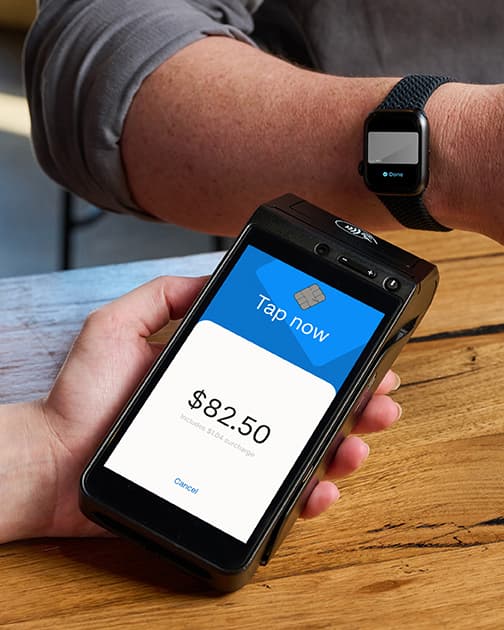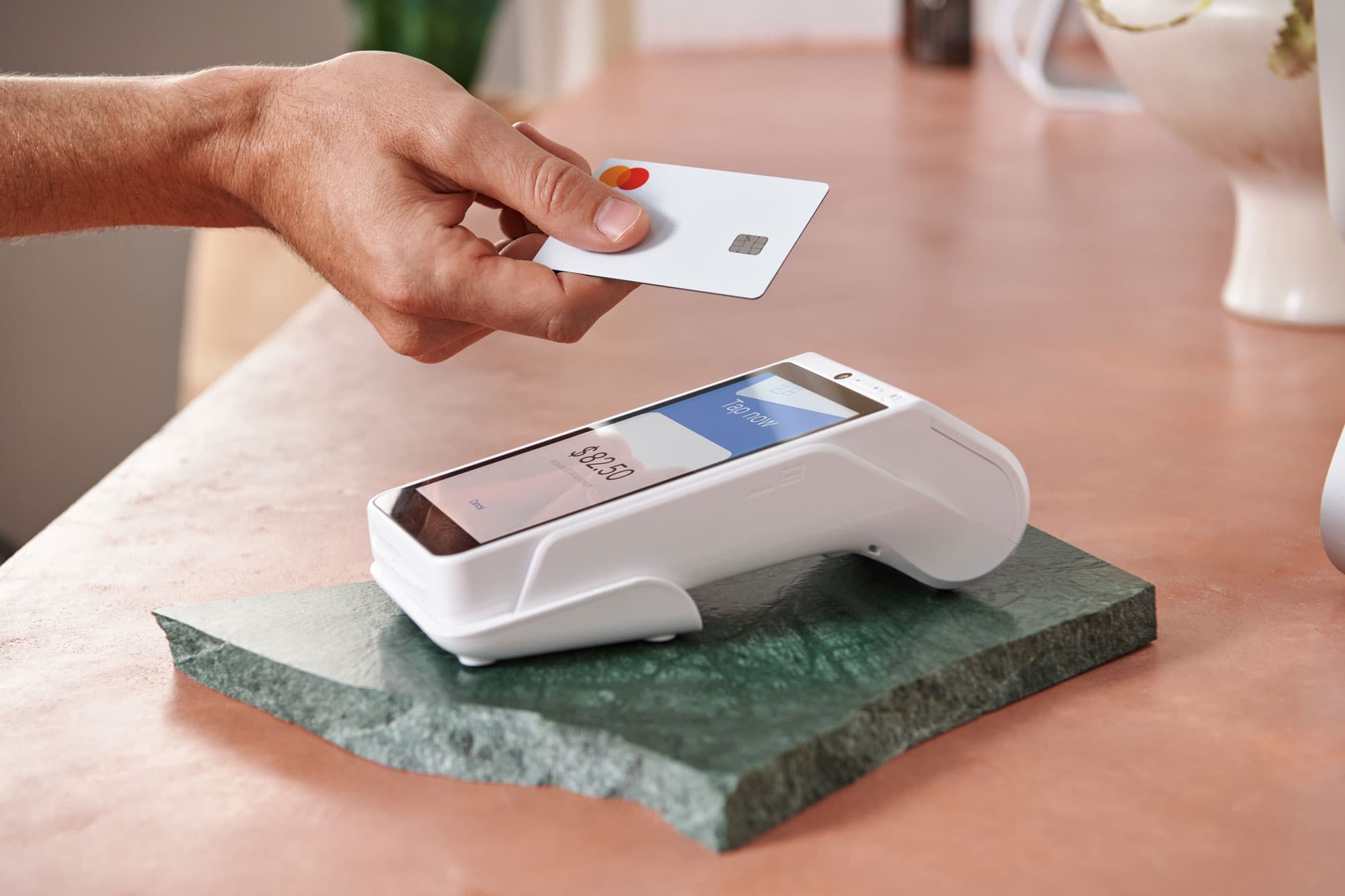
- Business Growth & Optimisation
How to Know if Your Business is Successful
Discover the four key indicators of small business success.
Business is unpredictable and ever-evolving. From shopping trends, to the amount of expendable income in your customers’ bank accounts, to the way they pay — the only thing you can count on is that change is continuous.
As a merchant, you need to be constantly measuring your business performance so you know what’s working and what isn’t. So, how do you measure small business success?
Signs your small business is more successful than you think
You’d be forgiven for thinking profit is the most important yardstick for commercial triumph. After all, positive financial performance is a good indicator that something is going right. However, it’s not the only definition of success.
While the net worth of your business is important, success means different things to different business owners. And, although the bottom line will be critical when there’s investors involved, it’s not the be-all and end-all for small business owners — especially those just getting their business off the ground.
When determining the success of your business, other important questions to ask yourself include:
does it empower you with a healthy work-life balance?
is your business having a positive impact on society?
are you following a passion?
do you have a growing, loyal customer base?
While success takes different forms for different businesses, there tends to be a common thread that ties the most successful ones together, regardless of industry: people. As an infinitely valuable resource, it’s no surprise that businesses are beginning to measure success in terms of employee happiness, something that in turn influences your business’ reputation and helps attract more talent.
How to define business success for your small business
Success means different things to different business owners. Take clothing designers, for instance. Starting a new trend, or seeing your pieces on people of influence, would be considered success. For restaurateurs, an indication of success could be having dining rooms booked out weeks in advance — or glowing write-ups in Gourmet Traveller.
Broadly, success can be measured in one of three ways:
business growth
profit
control
You need to decide what is most important to you: the growth of your venture, the money it provides you, or your ability to keep control of the business and make decisions for yourself.
As desirable as all three sound — growth, liquidity and control — most successful businesses face a choice. Once you know what you’re working towards, it’s time to think about what metrics you’ll use to measure it. For example, if liquidity is your measure of success, you’ll need to define a benchmark for how much cash you want to generate — whereas comparing debt earnings can show you whether you are at risk of losing control to your creditors.
Regardless of your what success means to you, it’s something that should be kept front of mind at all times to ensure you’re making progress towards your goal.
What about happiness?
Finding joy in what you do could be perceived as an insubstantial benchmark. After all, how much is happiness worth in dollars and cents? But when nearly half of all Australian workers on average are unhappy in their jobs, finding purpose and pleasure in what you do is priceless.
Being challenged by your work, excited at the prospect and grateful that you have the freedom to spend time (and make money) doing what you love makes you rich in job satisfaction. It’s little wonder that people work harder when they’re happy. In fact, 81% of business owners report being happier since going out on their own. They’re also healthier, more engaged and increasingly satisfied when compared to those in traditional jobs.
Does what you do make you happy? Then you’re already successful.
Key factors that determine business success
Irrespective of which marker of success you choose to pursue, there are four common factors that tend to influence whether or not a business is successful.
People and culture
Effectively managing your people is critical to success.
Understanding the importance of financial reward, as well as their need for purpose and job satisfaction, is crucial to retaining talent. If you can find out what motivates them, you’re more likely to keep them in your pursuit of small business success.
Product development
Whatever you sell, you need to keep abreast of changing consumer needs and behaviours in the marketplace. In many cases, it’s not enough to sell the same product or service year after year.
Take the growing trend of conscious consumerism, for example. Customers now expect you to incorporate sustainable practices, procurement methods and processes into your business. In fact, studies show 9 in 10 Australian consumers are more likely to opt for the sustainable or ethical alternative.
If you don’t adapt, you risk losing them to a competitor.
Cash flow
Proper cash flow management is critical to the success of your business. Unfortunately, many merchants struggle with cash flow issues that affect not only business growth, but even day-to-day operations.
Managing your business in a way that ensures you have enough cash on hand to pay the bills, pay yourself and invest in strategies to grow your business is key. Put simply, learning to control your money is an investment in not just your business’ success — but your business’ survival.
Need some help? Read our article about How to Create a Simple Cash Flow Budget.
Customer loyalty
In any industry, customer loyalty is a key factor of success. Happy customers are your best form of marketing. So, make the customer experience a priority.
Brainstorm new ways to keep them interested in your brand and in your products. After all, it’s cheaper to retain an existing customer (who already knows and loves your products or services) than acquire a new one.
If you can’t measure it, you can’t improve it
Suffice to say, success is extremely subjective. For some, it’s as simple as profit. For others, it’s more about the deep-routed job satisfaction derived from following a passion.
There’s no blanket benchmark for success. However, every merchant should define what success means for their business so progress can be made towards it.
Now that you know the different measures for small business success, it’s time to get busy. Sign up to our Business Blog to cash in on valuable insights to help grow your business.



